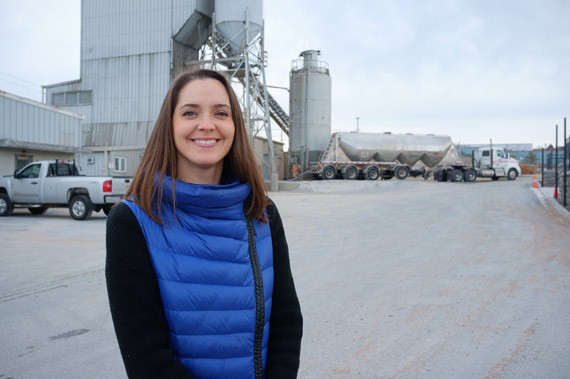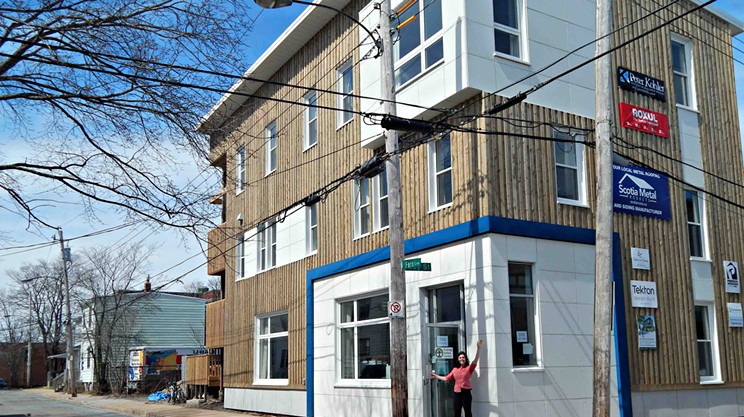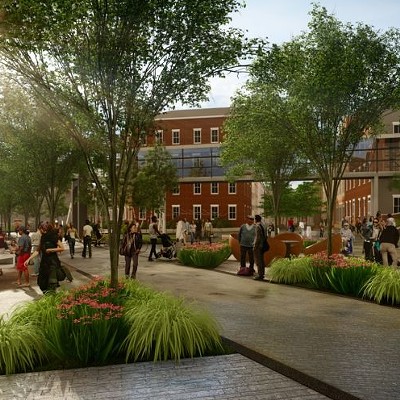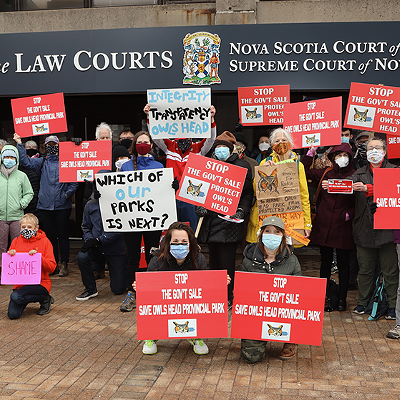Environmentally-friendly design is an easy concept to support, but deciding which building materials are best for the environment is a tricky business. For its strength and durability, concrete has long been the top choice for new construction, despite its large carbon footprint.
Five percent of all CO2 emissions come from cement production—one of the main ingredients in concrete. One local business looking to drop that number is CarbonCure Technologies. The Dartmouth company is generating buzz in North America by lowering the amount of greenhouse gases produced in its concrete manufacturing process.
CarbonCure retrofits existing concrete plants to recycle waste carbon dioxide emissions. Their equipment is bolted to the existing operation, allowing it to add CO2 to the concrete mixture from local emitters such as refineries or power plants.
Vice president of sustainability Jennifer Wagner claims that a typical building project made with CarbonCure concrete may reduce as much carbon dioxide as an acre of forest will sequester over the course of a year. The introduction of CO2 to concrete also causes a chemical reaction that makes the resulting product stronger, says Wagner.
For their efforts, CarbonCure was recently awarded a Clean Climate Leadership Showcase award from the Ecology Action Centre. Spokesperson Tristan Cleveland says the EAC is “really excited” about the potential impact of CarbonCure’s product.
“What they’ve done is take a problem and turn it into a solution,” says Cleveland, noting that concrete is often the biggest source of carbon emissions for a building over its lifetime. “That’s exactly the kind of innovation we need here in Nova Scotia and that we need as a planet. So it’s very exciting.”
Carbon-friendly concrete isn’t the only effort being made to reduce the climate impact of new construction. In recent years building codes in some Canadian cities have been changed to allow wood-frames for mid-rise buildings of up to six or seven storeys. On the surface that’s a greener choice, though it’s important to think longterm, Wagner cautions
“You have to say how long that’s going to last when you install it,” she says. “Because if you need to replace something in 20 years, then you’re doubling your impact right there.”
More concrete construction would benefit CarbonCure, of course. But so would a carbon tax, which is something the federal government is striving for and something that the Nova Scotian Liberals have waved off. Wagner says CarbonCure is already proving its process to be successful, but the company certainly wouldn’t turn down an extra economic benefit if the province comes around to carbon pricing.
“It would be a good thing for the company.”















